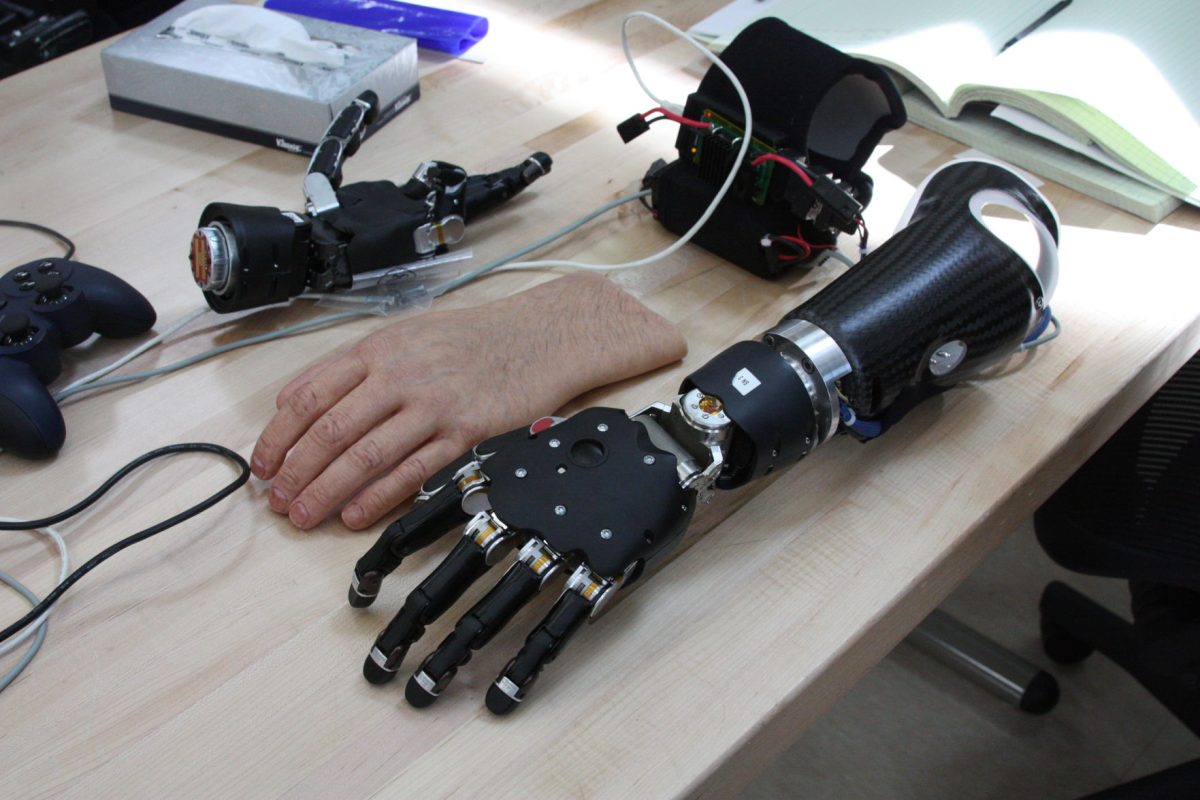In March 2017, my dad joined an exclusive club. He, along with 1.7 million of his closest friends in the U.S., have an amputated limb.
A Science article published in May 2017 sheds light on the progress engineers have made in the field of prosthetics.
Researchers at the Massachusetts Institute of Technology (MIT) in Cambridge have developed a technique to attach prosthetics in order to give the user fine motor control.
In the past, the barrier preventing lifelike limbs from becoming a reality was the lack of a complete neurological circuit, or pathway, from the brain to the prosthesis and back to the brain.
The researchers at MIT have found an effective way to bridge that gap. Their surgical technique is founded on physiological opposition, specifically two muscles acting in opposition.
In this surgical procedure, surgeons take two muscle grafts and suture them end-to-end. They place the now linear pair of muscles under the skin near the amputation site in such a way that allows one graft to contract while the other stretches. Then they connect severed nerve endings to the graft.
After the graft has had time to heal, the muscle is connected to a smart prosthesis using electrodes. The severed nerves that would normally signal the limb to extend now go to one of the grafted muscles, which contract and send a signal to the prosthesis to complete this action.
As the grafted muscle contracts, the other grafted muscle stretches and sends a signal to the brain. The grafts also receive feedback from the prosthesis indicating position and force to allow for finer adjustments.
Rickard Branemark, an orthopedic surgeon and prosthetics researcher at the University of California, San Francisco, said, “This is fairly low-risk. It’s a minor surgery.”
With this new method and use of smart prosthetics, there is every expectation that the user will feel position, speed, and force the same way he or she once did.
With human trials coming in the next two years, my dad and his club-mates could be looking at much smoother walks in the park.
Categories:
Tigra Scientifica: Researchers develop a surgical technique allowing for fine motor control of prosthetics
L. Brislan Bellamy, Contributor
October 2, 2017
0
Donate to The Tiger
Your donation will support the student journalists of Clemson University. Your contribution will allow us to purchase equipment and cover our annual website hosting costs.
More to Discover








